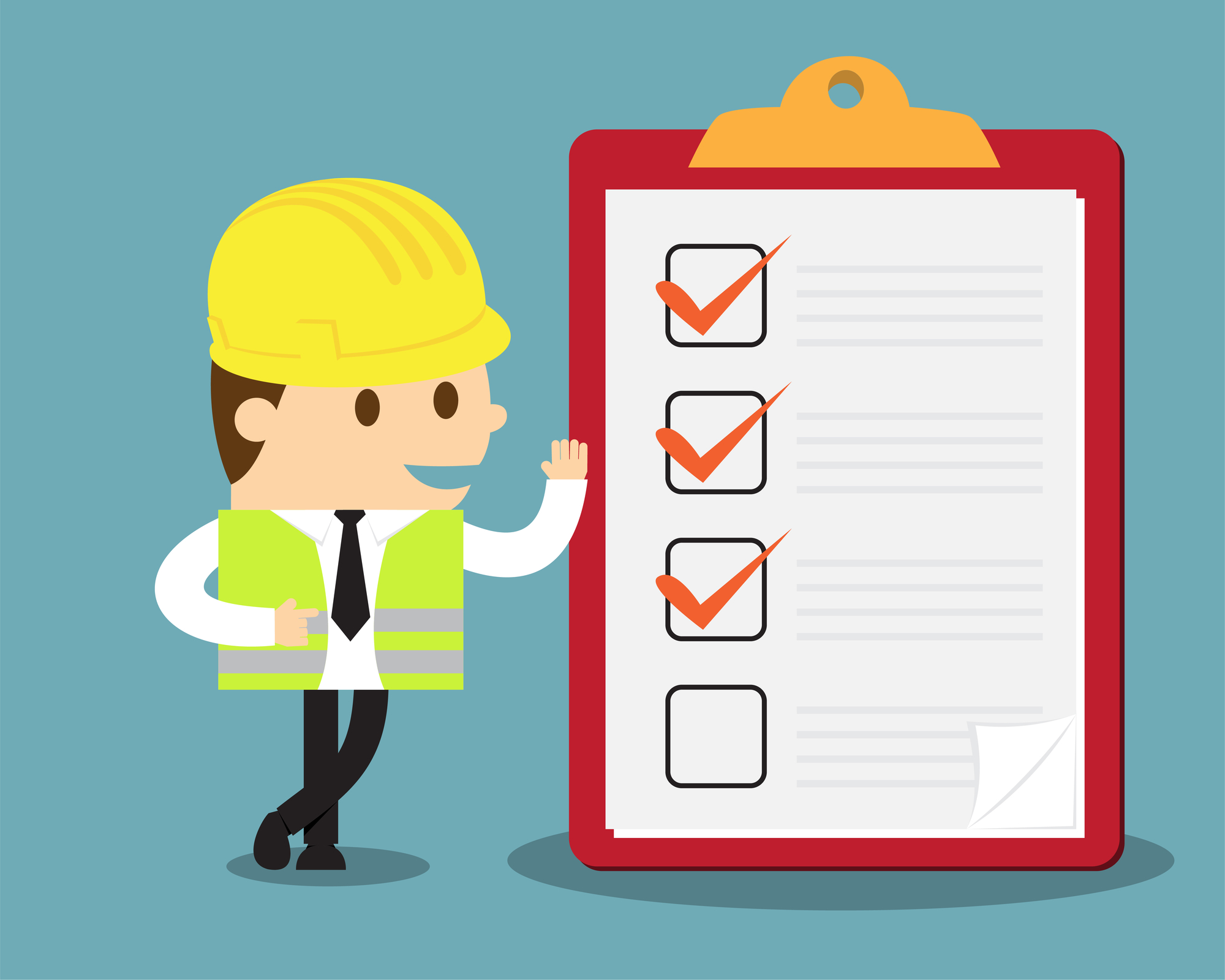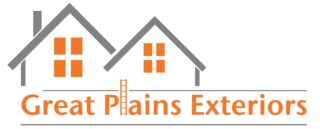 Vinyl siding is the perfect choice when you’re building a new home or when you’re doing major reconstruction projects. They add a unique curb appeal and increase the overall resale value of your property. Vinyl siding comes in many types- and with a vinyl siding estimate, homeowners can choose which one is the best for their homes.
Vinyl siding is the perfect choice when you’re building a new home or when you’re doing major reconstruction projects. They add a unique curb appeal and increase the overall resale value of your property. Vinyl siding comes in many types- and with a vinyl siding estimate, homeowners can choose which one is the best for their homes.
Vinyl is a popular siding choice because of its low cost aspect and durability. Additionally, siding helps reduce energy loss. It will never have to be repainted to look new, as compared to other materials. It is also highly resistant against insect damage, rotting or corrosion. It’s quite important to have a vinyl siding estimate before taking on the project. You can shop around and ask for estimates and quotes before deciding on a project that’s within your preference and your budget.
Siding Price Factors
There are a number of elements that make up the total cost of a vinyl siding project. These are the ones you have to consider:
Quality. Low-cost vinyl siding may have the advantage in short term, but the premium sidings can offer long-term benefits such as having better durability and needing less replacements as the years go by. They can save you on costs for repair and extra materials in the long run.
Home Size. The bigger the house, the more square footage you’ll need for the siding material. It will also affect the length of the siding project. Additionally, siding will help any home be more energy efficient.
Shape of Your Home. A box-shaped home will have an easier vinyl siding installation that one that has multiple stories, eaves and unusually-shaped turrets.
Laying Over or Removing Old Siding? Some homes will need to have their old siding removed in order to make way for the new one, while other homes can have new vinyl siding installed over the previous siding. Vinyl siding costs will increase if the contractor needs to remove the old siding first before laying in the new one. The estimated length of project time can also affect the overall pricing of the home renovation project.
V inyl Siding Estimate Checklist
inyl Siding Estimate Checklist
Basic Labor – The labor needed to install vinyl siding. This includes setup, area preparation, material acquisition, equipment, planning and cleanup.
Job Supplies – The costs of the needed materials for vinyl siding installation. This includes sealants, weather stripping, exterior grade caulking, flashing and corrosion-resistant fasteners.
Equipment Allowance – Specialized equipment may be used for an easier and more efficient vinyl siding installation. This includes the daily rental of electric planer, belt sander, miter saw, pneumatic finish nailer, etc.
Debris Disposal – The costs needed to haul away debris and leftover project materials. Disposing of the waste materials properly is the homeowner’s responsibility.
Some other variable costs include:
– Wall insulation upgrades via installing new material under the new siding.
– Safety rigging is not included.
– The service costs may depend on the area that you’re in.
– Initial inspection may reveal hidden structural damage, which will require structural repair. This includes insect or mold growth inside the walls.
– You can save on costs by putting the new siding material on top of the existing siding.
– The permit fees and taxes aren’t included in vinyl siding estimates.
